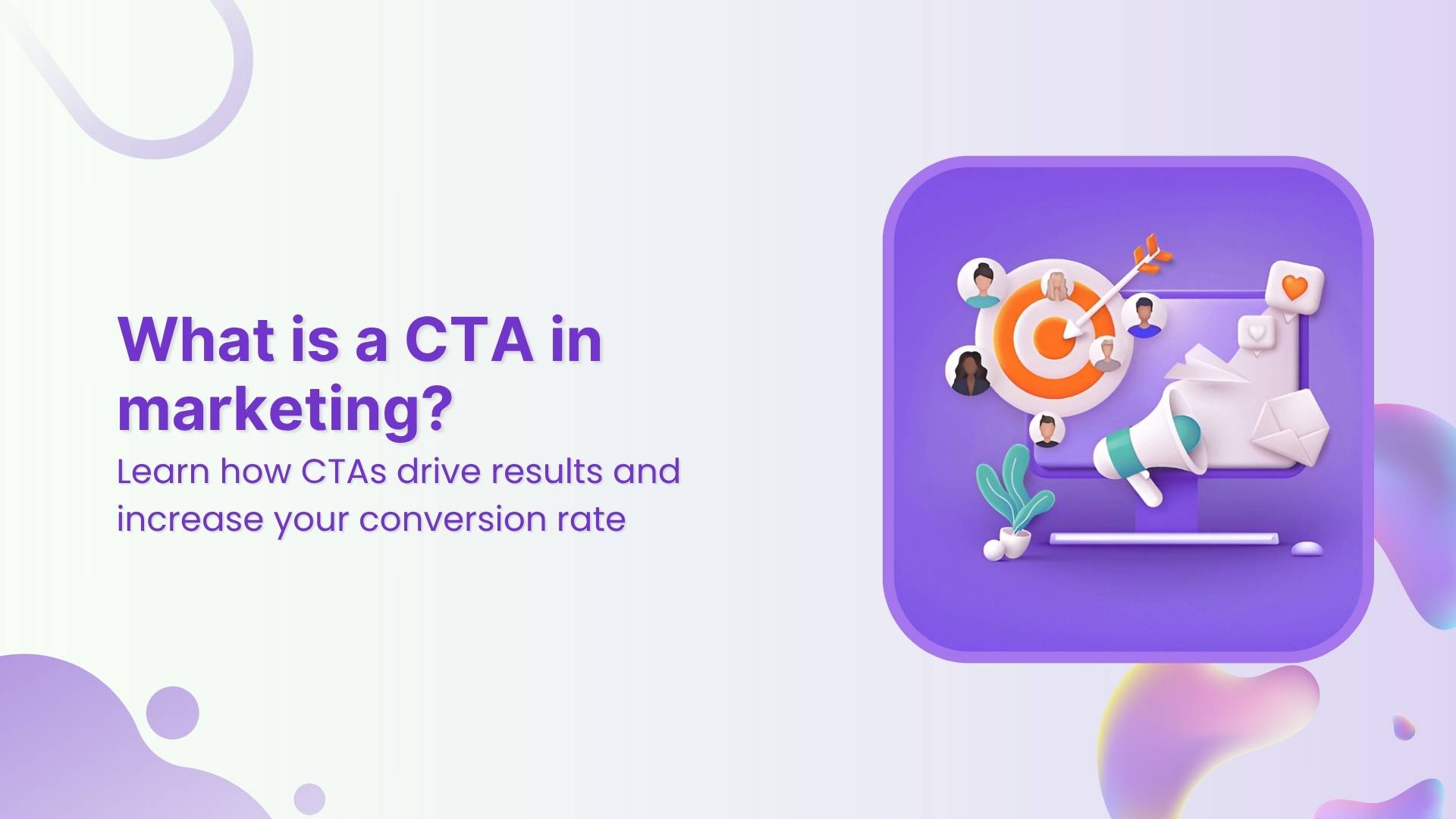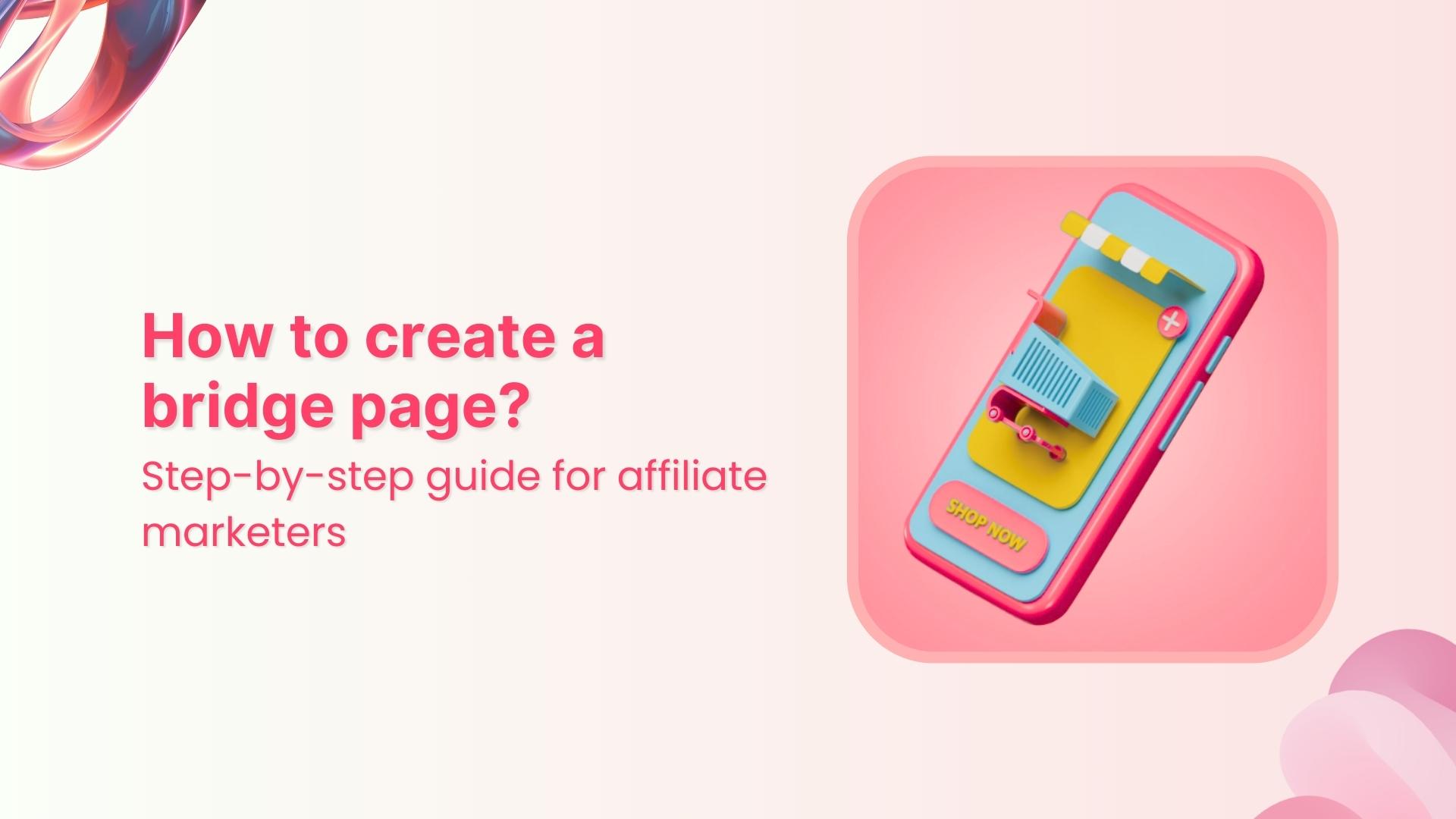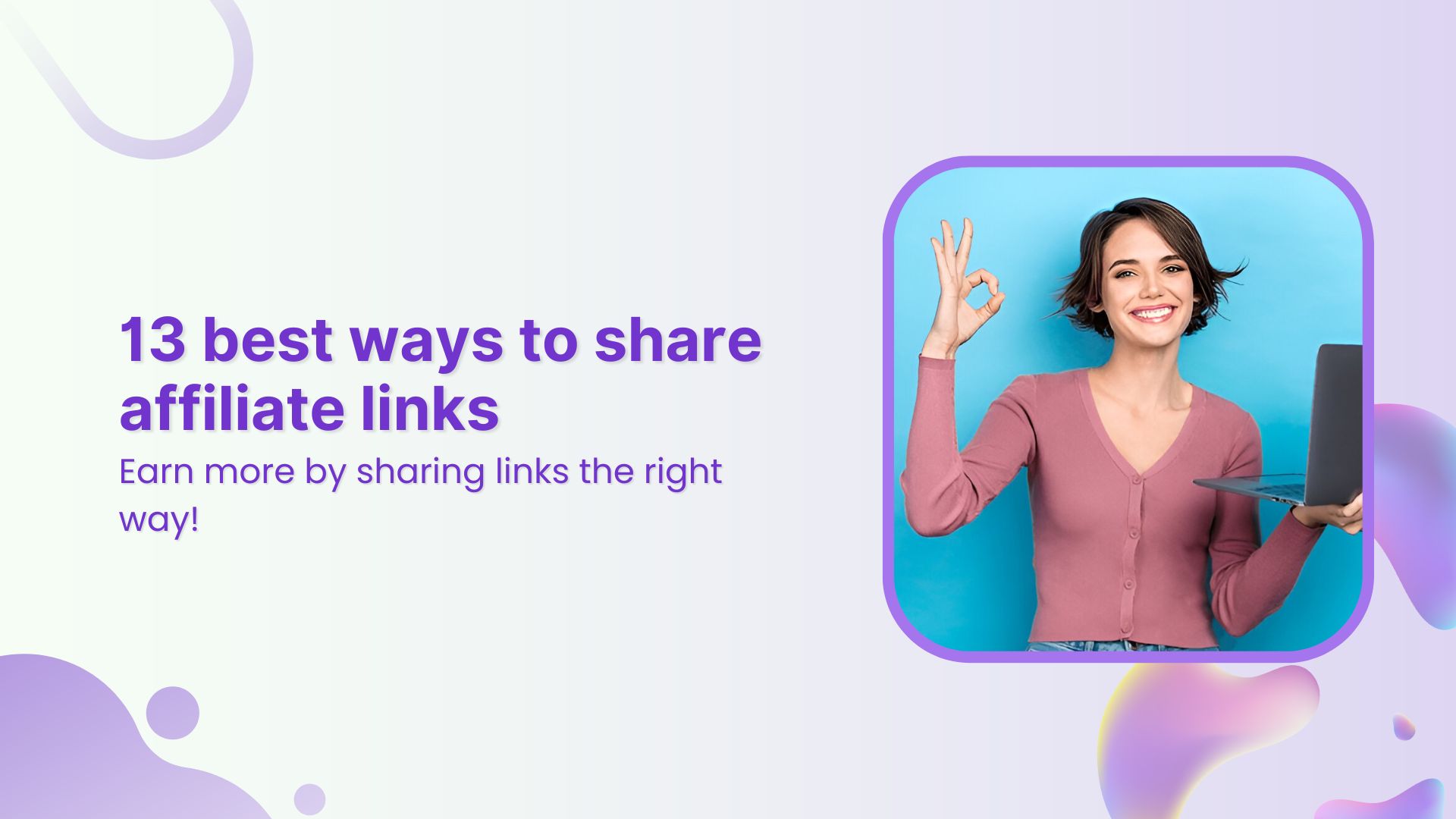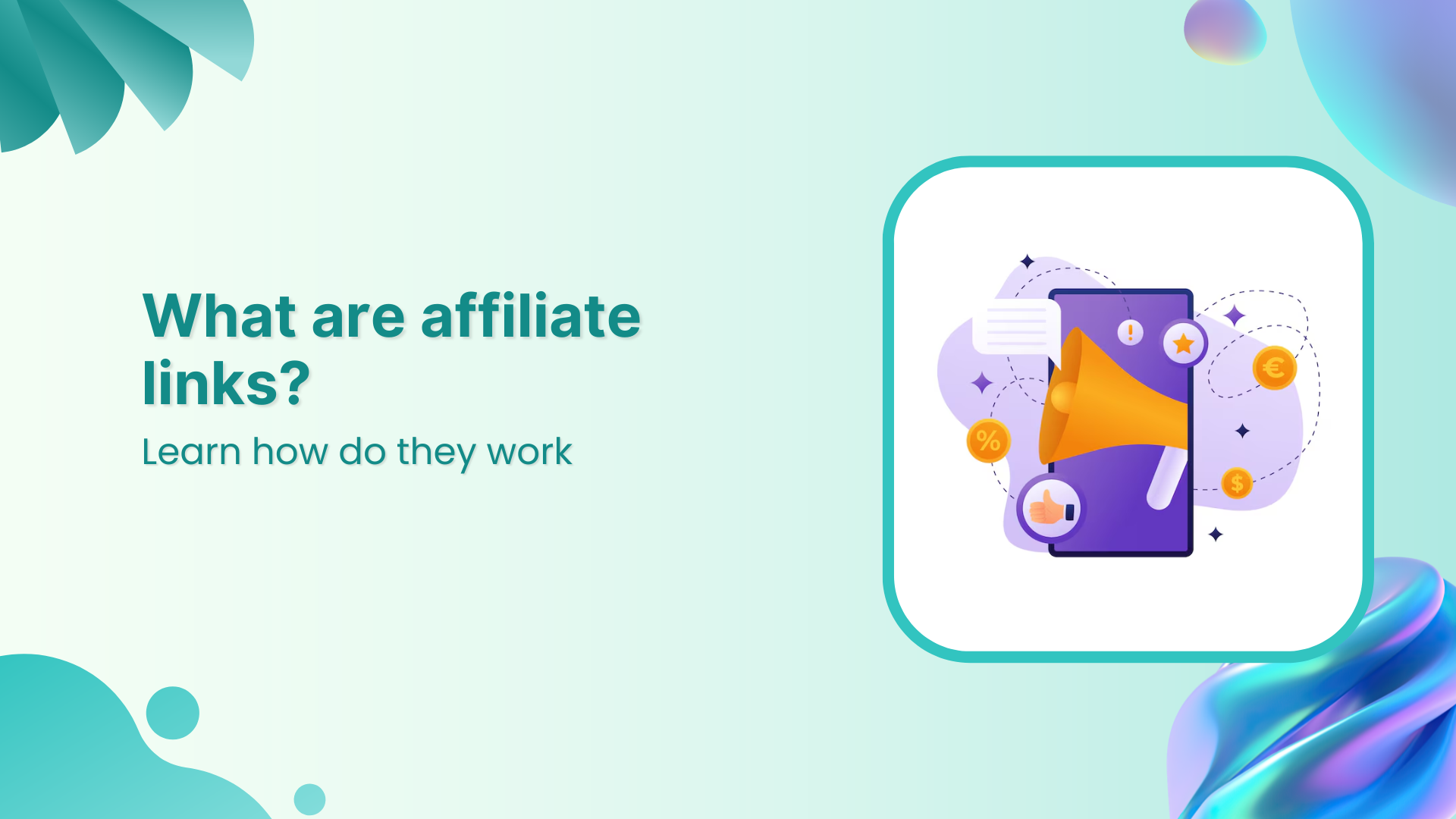Lead generation is a top priority for every organization. Cold emails have been an excellent avenue for lead generation for several brands.
Using the right cold emailing formula, this form of lead generation can generate desired results.
Are you someone hoping to find the right formula to generate leads through cold emailing?
When you craft the perfect message and include all the elements needed, a successful cold email campaign will be your result. From warm to hot leads, results are almost guaranteed when cold emailing is undertaken in the right manner!
What is cold emailing?
The act of ‘cold emailing’ is best described as contacting a recipient without having any prior contact with the intent of converting them into paying customers.
Cold emailing has been around for decades and has proven to generate beneficial results for several reasons. While some might argue, cold emails are a shot in the dark; when done right, cold emailing can result in qualified leads and eventually conversions.
But how does one guarantee cold emails will land in the prospects’ inbox? How can one say with assurance that the email won’t get lost in a sea of existing emails?
Marketers and salespeople need to keep in mind that their prospects are individuals with feelings and their own set of challenges in life. If they view their prospects as more than just mere numbers, the results of cold emailing can be magnificent. Introducing empathy in your cold email outreach campaign is essentially what it all boils down to.
Writing the perfect cold email with the right structure and an effective subject line can in fact aid your organization in locking in on a prospect.
Despite its intrusive nature, cold emailing holds a number of benefits. Here are 5 reasons why you should absolutely invest your time and efforts in cold emailing:
- Cold Emails Reach Prospects At Favorable Timings: Everyone checks their emails daily, especially working individuals. With advanced email tracking tools, you can get notified as soon as someone opens your email. This can help you formulate a plan to send emails at the right time to recipients thus increasing your chances of visibility.
- Personalized Reach: Cold emails are highly targeted and can be tailored to each and every individual. When recipients read emails crafted specifically for them (various tools are available that allow mass personalization), the chance of a conversion is far greater than an impersonal email.
- Scalability: This is probably the most important advantage cold emails have to offer. While cold calling is effective for creating immediate, personal connections, cold emailing stands out in its ability to scale outreach efficiently across large prospect lists. You can reach a large number of prospects in one go as compared to cold calling. Various email tools are available to help you reach mass recipients all in one go.
- Cold Emails Are Persistent: Some folks probably don’t view this as an advantage. But from the POV of a sales or marketing manager, persistency is advantageous. With several follow-ups beyond the primary email, prospects can be persuaded a number of times.
- Brand Awareness: Every email sent out to a prospect is an opportunity for potential conversion. Cold emails act as an avenue for brand awareness. Even if the prospect does not require the product/service you are offering at the time they will still be made aware of your brand and will remember it for the future.
According to Clearbit, the average cold email response rate is as low as 1%. It makes one question the effectiveness of cold emailing. As mentioned earlier, if cold emailing is undertaken meticulously, it can achieve wonderful results.
Lead generation is the first step in any kind of sales form. Using the art of cold emailing, sales managers and marketers can secure leads using this low-cost marketing tool and achieve highly favourable conversion rates.
Keep these 5 tips in mind when drafting your cold email campaign and you will be guaranteed to secure leads:
5 Tips to generate leads through cold emailing
1. Personalization Needs To Be Your Mantra!

Put yourself in the shoes of the recipient for a moment. You are sitting in front of your laptop, browsing through your inbox. Suddenly, you come across an email with the subject line that reads ‘{Your_Name}, this is just for you!’. Now, won’t that pique your interest? It will!
Uplandsoftware found that open rates can be increased by 22% if the recipient’s name is included in the subject line.
Additionally, adding custom snippets like {First_Name} or {Company Name} can ensure a higher level of personalization that will speak to the email recipients directly.
In this regard, these emails will work because the recipient will feel that you personally took the time out of your day to compose the email specially for them with some interest.
Researching your prospects and gaining valuable information that can amp up the personalization process will go a long way.
2. Subject Lines Matter More Than The Content
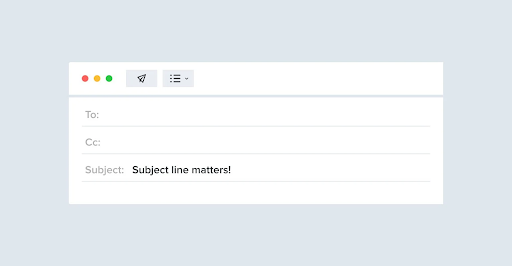
Source: MailerLite
What is the first thing your prospects will see before they even consider opening your email? The subject line!
The subject line is often overlooked and more emphasis is placed on the content of the email. Your subject line is the one that catches the attention of the prospect first, and then it is the content.
Attention-grabbing subject lines are a must when cold emailing. Adding a question, their name, promo, call to action directly in the subject line may very well increase your open rates.
Experts recommend that subject lines be below 60 characters and ten words in length. A great subject line should work in any environment the recipient receives the email in.
Before you craft the perfect subject line, consider asking yourself the following 3 questions:
- Is my intent clear?
- Is the message I am trying to convey relevant currently?
- Has a sense of urgency been established?
Testing out different subject lines is another beneficial practice to add to your strategy. Some individuals prefer receiving emails with enticing offers upfront. Others could probably want to know what you are offering before considering your services. There is a 26% increased likelihood of readers opening your email with personalized subject lines.
Additional tip: Creating a sense of FOMO (fear of missing out) will invoke a sense of curiosity in the recipient.
Here are a few examples of subject lines that work:
“{First Name}, we have found exactly what you are looking for”
“{First Name}, do you want some time off?”
“What would you do if you had [number] more hours per week?”
“Why {Company_Name}?”
“You missed it!”
3. Using Social Proof To Your Advantage

Social proofing is one of the oldest techniques used in the sales industry. Think about it for a second, if you hear that person X increased their revenue by 30% in under 6 months after using a particular product; would you not be intrigued? You would.
Thus, using social proofing techniques to bolster your email pitch can help you achieve your desired results. Of course, we don’t recommend embellishing your content with white lies.
Having more credibility will increase the chances of your prospects trusting you. Mentioning actual statistics and facts from existing or previous clients who have succeeded after using your services will strengthen your pitch. You can share customer success stories and achievements to convince recipients to opt for your services.
For example:
“Hey {First Name},
We have worked with over [500+] clients in the past, providing them with state-of-the-art [email marketing services].
Recently, we worked with [ABC corp], and were able to increase their lead generation by 18%. They were having trouble generating leads through conventional methods and felt they needed to opt for professional email marketing services”
Social proofing will make your cold emails a lot more compelling. As it is well known that people are more likely to adopt the opinions of trusted individuals.
Beyond mentioning organization names and quantifiable data, you can also include mutual connections and your professional credentials.
4. Follow-Ups Are Pivotal To The Success Of Your Campaign
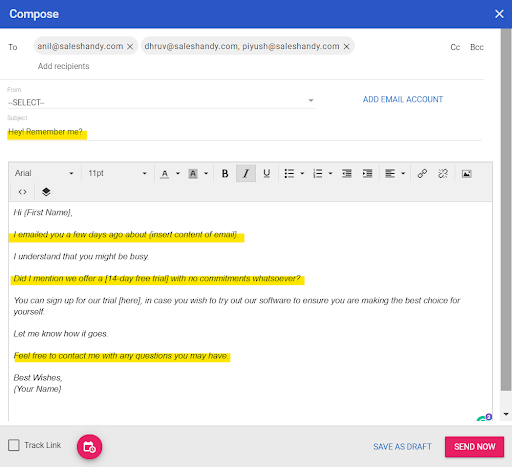
Follow-ups are extremely important when cold emailing. Some would even go as far as to say that follow-ups are more critical in securing a reply than the initial email.
70% of email chains generally stop sending emails after the initial attempt. No response in the first email does not necessarily mean the prospect is not interested. 70% of email chains generally stop sending emails after the initial attempt. The primary email is a part of a much bigger picture in the process of cold emailing.
The initial email is only to grease the wheels; the follow-ups are the ones that do the heavy lifting. Also, persistency is key, remember?
Your cold email outreach should be an ongoing conversation. 80% of deals require an average of at least 5 touches before closing.
The graph below shows at which point a recipient is more likely to reply to your email. The more emails one sends out, the more they are likely to get noticed. If your prospect keeps seeing your name in their inbox, in some sense they will have been familiarized with your existence.
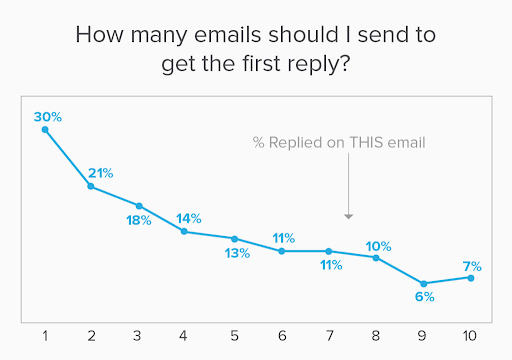
Source: Yesware
Eventually, they will want to know what you have to say. If you use the correct verbiage in your follow-ups, prospects won’t feel like they are just another name on a mass emailing list.
Additionally, by sending follow-ups, prospects actually feel like you care about their response or lack thereof. Thus, a humanizing element comes into play and that increases your chances of a reply.
It is entirely up to you, how many follow-up emails you want to include in your outreach. Experts recommend sending out at least 5 follow-up emails at timely intervals.
Here is a rough sequence you can follow:
- Follow up 1 (After 3 days)
- Follow up 2 (After 7 days)
- Follow up 3 (After 14 days)
- Follow up 4 (After 30 days)
- Follow up 5 (After 60 days)
5. Ensuring The Prospect Is The Right Fit With Actual Intent
Sending out cold emails to recipients that are not interested in your services would be a pure waste of time and resources. Marketers and salespeople often use intent data to skip ahead of the line and identify individuals that require the solution you are offering.
Intent data highlights behavioural signals that show the intention of your prospect to purchase a product or service. Recent studies have found that an average B2B prospect is already 67% into the purchasing journey. This data helps organizations jump ahead and use it to their advantage in securing prospects and qualified leads.
This technique is helpful for cold emailing, as you can reach out to prospects before they contact you; and this is especially effective since you are reaching out to them at the right time.
There are several other ways to find prospects besides this, these include:
- Social Media
- Referrals
- Networking
- Online Forums (Quora, StackExchange, Reddit, etc)
- Google Analytics Data
- Website Visitation
Now that you have locked in on a prospect, how do you ensure they are the right fit? If you already have a buyer persona in mind, that would be a great place to evaluate the fit.
Besides that, with data enrichment and predictive lead scoring technologies on the rise, evaluating fit can be assessed with a microscopic lens.
Below are 3 questions to consider when evaluating if a prospect is a right fit for your organization:
- What technologies are they currently using?
- How many employees do they have?
- How much funding do they have? (i.e. can they afford your services?)
Additional Tips For Lead Generation Through Cold Emailing
- Use Conversational Language: A successful email outreach program involves using language and verbiage that is conversational in nature. It is recommended that cliche or overused phrases be avoided altogether. Sticking to the basics is the best way to get your message across.
For example, “Hey there! John, are you ready for the weekend?”, “Hope you have a splendid week ahead”, “I am ready for the weekend” “Hope you aren’t having a bad case of the Monday Blues!”
- Ensure All Your Contact Information Is In Your Signature: This is an often-overlooked tip but is one that is quite important. All of your contact information should be included in your email signature, including your phone number, office address, LinkedIn, and website URL. An email signature acts as a digital card and shows professionalism.Through your email signature, you can provide extra resources. If someone were sceptical about your credentials, checking your LinkedIn account can help put their mind at ease. Additionally, if a prospect wanted to get in touch with you directly, they could contact you through the phone number provided and perhaps speed up the process of closing a deal.
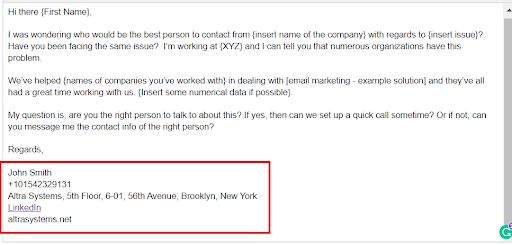
- Use Cold Emailing Software: Using cold emailing software, you will be able to automate several time-consuming processes if undertaken manually. Cold emailing software also provides users with real-time data and analytics that can be used to your advantage to refine your campaign.
You should also be using software to help create the template for your email marketing campaigns. A good email template builder software can save you hours of your time which would otherwise be required to set up email campaigns.With email software, you can segment lists into different target audiences with specific preferences. Each mass email sent out can be personalized for each prospect as if you were having a one-on-one conversation with them. - Avoid Long-Form Content: If you intend to capture and retain your prospect’s attention, then avoiding long-form content is advisable. Keep your emails short, not more than two paragraphs.When people check their inboxes, they do it with the intention of clearing it out; if they come across a long-winded email, especially when they’re short on time, they will not read it. Remember that emails are not books, they are meant to be short.
- Ensure Your Timing Is Right: Timing is indeed everything and plays a huge role in the success of your cold email campaign. Familiarize yourself with your prospects before reaching out to them. Look at their social profiles to gain relevant insights into their professional life.You want to avoid being labelled as ‘spam’, so decide upon the perfect timing best suited for your prospect. Conduct A/B split testing to see which timings and days have recorded the highest open rates. This will tell you the best time to send an email.
- Canned Content Is A No Go: If there’s one thing people dislike it is impersonal and canned content. Canned content is pre-made generic content that is used to speed up the email writing process.This content is generated with general ideas and assumptions of the customer’s needs and preferences. Personalize your content to the specific needs and preferences of your prospect. Try to make it as personal as possible, adding minor details can do wonders to your reply rate.
- Don’t Beat Around The Bush: People are busy! If they do open your email, then you want to capture their attention as soon as possible. Be direct and get to the point in the second line. Keep your opening line/paragraph short. Building up to a point, with irrelevant details about yourself and the organization will impersonalize the content of the email.Get to the point directly, and present your value proposition within the first two lines. Show them the problem you aim to solve through your product or service.
- Add Call-To-Actions (CTAs): Adding a CTA at the end of your email will help you measure the success rate of your campaign. The real success metric is not open rates, but rather the number of people who actually undertook the desired action in the form of a CTA. Not all CTAs have to be too salesy. Emails with a single CTA have been known to increase clicks by 371% and sales by 1617%.Some CTA examples include, provide a specific day or time, learn more, read more, watch now, get the app, schedule a call, etc. Aesthetically appealing CTAs are also on the rise, so design your CTA in a way that prompts the user to click on it.

Conclusion
Cold email outreach is a great opportunity to find qualified leads and increase your conversion rate. This method works amazingly when undertaken in the right manner. It is a great way to start conversations with prospects and help them become aware of your brand.
The most effective method to date is in fact personalization. Instead of sending out generic messages that would instantly cause a prospect to turn away, offer tailor-made solutions. Hone in on their specific needs and then craft the perfect cold email.
Improved targeting can help you achieve desired results. A high open rate does not signify much if you are receiving no replies. Undelivered emails also affect your open rates thus it is best you re-verify your email marketing database using email verifier tools.
Trying out A/B split testing is another way of analyzing the effectiveness of your campaign. LeadGenius tried A/B split testing for their subject lines and concluded that they saw a 49% increase in open rates.
Cold emailing requires patience and persistence. It can be tricky and even feel monotonous but it is rewarding if you take the time to do it right. Use sales prospecting tools, CRM platforms, email marketing tools, and email tracking software to track, analyze, measure, and improve your results to maximize your efforts.
Happy Cold Emailing!
Author Bio:
Dhruv is an entrepreneur and co-founder of Saleshandy, a sales engagement platform that helps sales professionals close more deals. He is an empathetic marketer, people person, SaaS enthusiast, hustler, and growth hacker. He is passionate about identifying customer needs, measuring success and delight. He loves to write on customer-centric problem solving and growth, enabling customers and businesses to make better decisions.






























